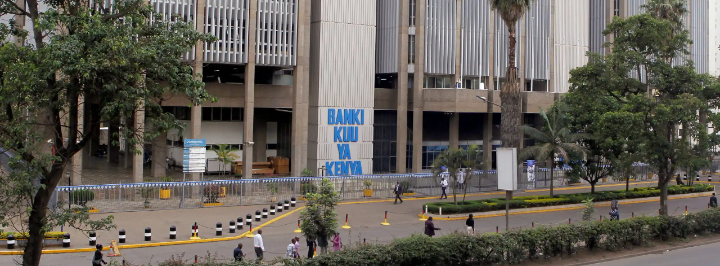
Tougher Times: Why Money Lenders Will Charge Higher Interest Rates On Loans Offered To Defaulters.
Credit history, the habit to borrow from multiple lenders and type of job are among the factors that will determine
how expensive lenders charge borrowers once banks roll out a credit framework that ends the blacklisting of defaulters.
Lenders will no longer deny borrowers loans because of their bad repayment reputation, but will rather charge them high interest rates.
On the other hand, those who have a reputation of repaying loans in good time will enjoy low interest rates, with one’s credit history becoming the new main determinant on cost of loans.
The new framework is a result of pressure exerted by President William Ruto since his inauguration, as he accused lenders of locking out Kenyans from their products, citing an existing credit rating framework that largely focused on blacklisting defaulters.
The Central Bank of Kenya will have to approve the proposed credit frameworks that will give banks the go-ahead to start applying the risk-based lending model.
CBK did not comment on when that will be done.Since Dr Ruto’s directive, Credit Reference Bureaus (CRBs), lenders and the CBK have been engaged in conversations on a working framework for the new lending model.
Metropol CEO Gideon Kipyakwai says moving forward, CRBs will maintain credit scores for individuals and businesses that will inform different lenders on interest rates to apply.
“We do scoring forward-looking to see your probability of default and, therefore, compute your expected credit loss when you default.
This enables the bank to then raise the risk and, therefore, load another one or two per cent (on interest rate). The two key attributes will be willingness and ability to pay. If the willingness to pay is not there, it will take time to convert such people,” he says.
Metropol, one of the leading CRBs in the country, will issue credit scores between 200 (bad)–900 (best) for individuals, while for businesses, it will be between 20 and 90.
Borrowers are clustered into 10 groups, depending on their risk, which, in turn, informs the interest rate charged.
For over a decade since starting operations in the country around 2008, CRBs mainly concentrated on blacklisting borrowers who experienced challenges repaying loans, effectively turning them into negative-only listing firms.
That meant that only bad borrowers were listed, but under the new framework, both bad and good borrowers will be listed and credit scores will determine interest rates to be charged.
Other factors that will determine interest to be charged on loans under the new framework include one’s credit mix, meaning other platforms where a
customer has borrowed and how that impacts on their ability to pay. “Somebody who takes mobile loans frequently is a high risk,” Mr Kipyakwai said.
The type of employment one is engaged in and its sustainability, stability of business or job and incomes are the other determinants.
The new framework comes as a blessing to borrowers with willingness and ability to repay, but will punish those who have a habit of delaying or refusing to service loans.
Lenders assess one’s three-year credit history to tell their payment habit and decide interest rates to charge them, with this being the key consideration.
“The metric with highest weight – between 40 and 45 per cent – is your payment performance. It has the highest impact on your credit score,” says Metropol.
